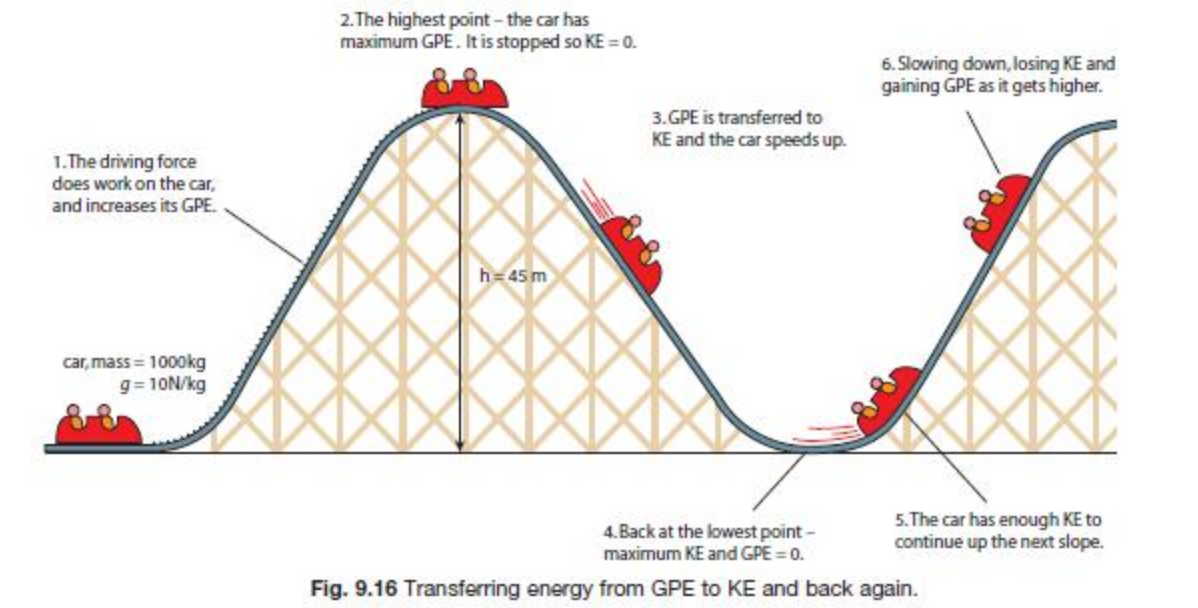
Understanding Scale: How Big is a Billion? | Fun & Interactive Worksheet
- July 24, 2020
- 4 minutes read - 728 words
Can you guess how many stars are in the above image?
Overview
As of February 2021, Jeff Bezos has a net worth of 192 billion dollars. Did you know that if you earned $260,000 a day since Jesus was born (or 2,021 years ago), you would still not have as much money as him? In order to have the same amount of money as him, you would need to have made around $260,102.60 a day for the past 2,021 years!
(Editor’s Note: As of July 2020, Jeff Bezos had a net worth of 178.2 billion dollars and you would’ve needed to have made around $241,527.23 a day for the past 2,020 years.)
As humans, we can easily visualize ten objects or even a hundred objects. However, it is difficult for us to accurately visualize a few thousand objects, a few million objects, or a few billion objects. This makes it hard to contextualize events in Earth’s history or our solar system’s history, as we have few experiences or examples to refer to when we think about enormous quantities. To help students better understand scale, this assignment is a compilation of thought-provoking questions and visuals that seek to make abstract numbers more relatable. This assignment works well prior to teaching astronomy (Solar System to Scale ) or evolution (Geologic Time Period Travel Brochures ).
Materials
Projector, worksheets. Also works well as a digital assignment or a live online lesson via screen-sharing.
Resources
Understanding Scale: How Big is a Billion? Worksheet | Available on TpT
What one billion dollars look like (language warning) | Reckful
Pacing
Suggested Pacing
Day 1 - introduce what scale is | introduce worksheet
Day 2 - share and discuss answers
Pacing w/ Teacher Notes
Day 1 - To introduce the topic, I start with a warmup image of a guessing jar, asking them to estimate the number of objects inside. I ask students to write down their estimates without discussing it with their peers. Based on their guesses, I create a range of answers to show the massive differences in how we estimate the number of objects.
From the warmup, I transition into the worksheet and I call on students to read the instructions. After we introduce the worksheet, they may work by themselves or with people at their tables. This is a good time to check in with students and clarify anything. If students do not finish it during the class period, they may take it home to finish for homework.
In Part 1, my goal is for students to see the huge variance in their predictions when trying to estimate time. This highlights the difficulty of accurately visualizing large numbers. You may use your own historical events to provide additional context or you may use the ones I’ve included. After they share their guesses, I like showing them a video on visualizing one billion with rice or demonstrating it on a Google Doc with $100,000 .
In Part 2, I have students think about what $1,000,000 could do, before I show them how absurdly large $1,000,000,000 is in comparison. They also have a chance to try writing it out themselves and reflect on each step. This further reinforces how gigantic one billion units are.
In Part 3, I give students a chance to create their own fun fact, while guiding them towards something that would relate to Earth or human impact.
If students finish early, here is an optional link to look at wealth inequality in the United States . Note: Students will need a laptop and there is a scroll slider at the bottom to help them explore.
Day 2 - Depending on your pacing and students, you may have them turn the assignment in or review it during class. I have students share their answers on the board, so that we can have a short discussion at the end of the review. It is also interesting for students to be able to see the other fun facts that their peers have created.
This assignment works well prior to teaching about the history of Earth, evolution, or the development of our solar system and the distance between planets.
Credits: Inspired by Byron Bernstein. Cover image by Brandon Siu via Unsplash.


